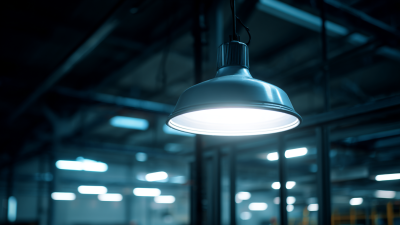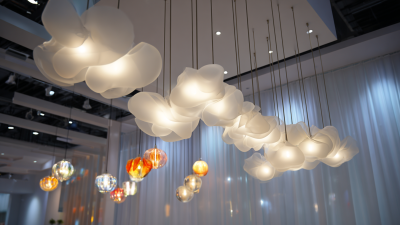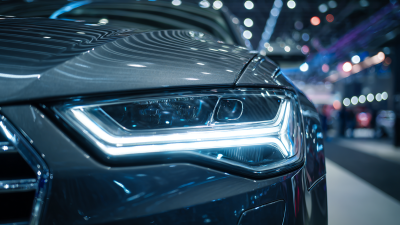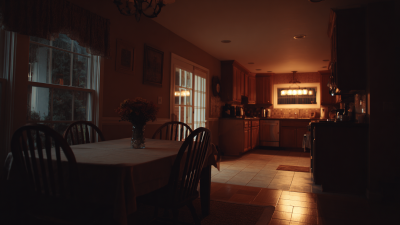In the evolving landscape of industrial operations, the role of
industrial light has become increasingly critical in enhancing both efficiency and safety.
The right lighting solutions not only illuminate workspaces but also reduce the risk of accidents and improve productivity.
As we move towards 2025, the demand for innovative lighting technologies is surging,
prompting industries to seek the best options available for their specific needs.
This guide delves into the top five industrial light solutions that stand out for their energy efficiency, durability, and safety features.
By examining the latest advancements in industrial lighting, we aim to provide a comprehensive overview that helps businesses make informed decisions.
Each solution is assessed based on its potential to transform operational environments, ensuring that workers are kept safe while maximizing output.
Whether you're in manufacturing, warehousing, or any other sector that relies on robust lighting infrastructure,
understanding these solutions will be crucial for achieving enhanced operational excellence in the coming years.

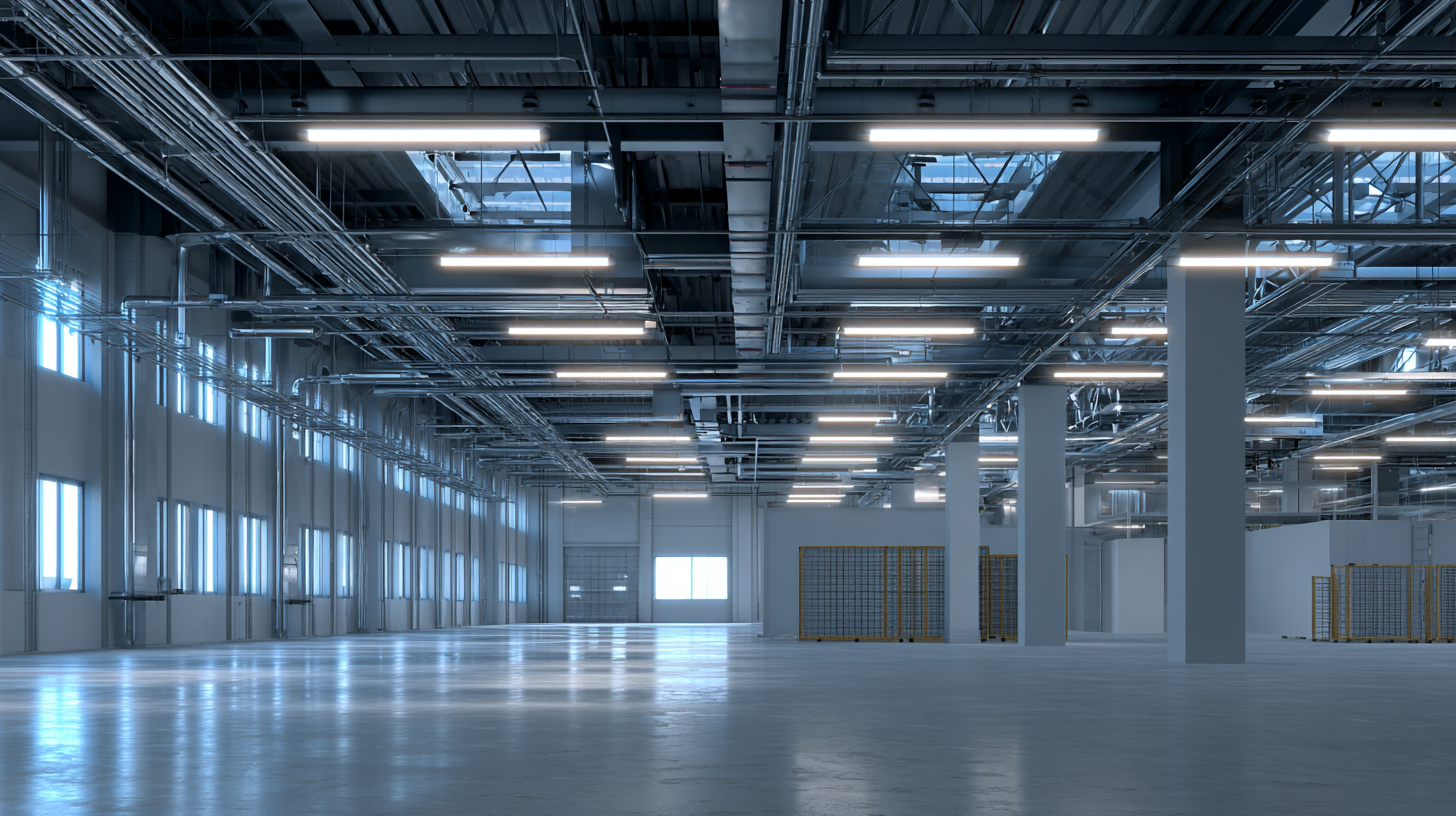 Effective lighting in industrial settings is not merely an aesthetic consideration; it plays a crucial role in enhancing both efficiency and safety. According to a study by the American National Standards Institute (ANSI), inadequate lighting can cause a 25% reduction in worker productivity, leading to significant financial losses. Moreover, poor lighting conditions are responsible for approximately 30% of workplace accidents. These findings underscore the importance of investing in high-quality lighting solutions that can optimize visibility and reduce hazards in industrial environments.
Effective lighting in industrial settings is not merely an aesthetic consideration; it plays a crucial role in enhancing both efficiency and safety. According to a study by the American National Standards Institute (ANSI), inadequate lighting can cause a 25% reduction in worker productivity, leading to significant financial losses. Moreover, poor lighting conditions are responsible for approximately 30% of workplace accidents. These findings underscore the importance of investing in high-quality lighting solutions that can optimize visibility and reduce hazards in industrial environments.
In addition to improving safety, appropriate lighting positively impacts employee well-being and morale. Research by the International Association of Lighting Designers (IALD) indicates that well-lit workspaces can boost employee mood by 20% and reduce fatigue levels significantly. Enhanced visibility allows workers to perform tasks more efficiently, contributing to overall operational success. By prioritizing lighting as part of workplace design, industrial facilities not only comply with safety regulations but also cultivate an environment that fosters productivity and reduces the likelihood of accidents.
When it comes to industrial environments, proper lighting is crucial for boosting productivity and ensuring safety. In our exploration of the top ten industrial lighting solutions, we've compared features such as energy efficiency, brightness levels, and durability metrics, enabling businesses to make informed decisions. Solutions like LED high-bays stand out for their long lifespan and minimal energy consumption, while explosion-proof fixtures cater to hazardous locations where traditional bulbs cannot safely operate.
Tip: When selecting lighting for industrial spaces, consider the specific needs of your environment. High ceilings may require different solutions than low-clearance areas, while workspace density can inform your choice between focused and diffused light setups.
Additionally, integrating advanced controls like motion sensors can further enhance both efficiency and safety by providing light only when necessary. This not only increases energy savings but also prolongs the life of your lighting systems.
| Lighting Solution | Type | Lumens (lm) | Efficiency (lm/W) | Color Temperature (K) | Lifespan (Hours) | IP Rating |
|---|---|---|---|---|---|---|
| LED High Bay | LED | 20,000 | 130 | 5000K | 50,000 | IP65 |
| Induction Light | Induction | 15,000 | 100 | 4000K | 100,000 | IP66 |
| Fluorescent Tube | Fluorescent | 25,000 | 75 | 3500K | 15,000 | IP20 |
| Metal Halide | HID | 30,000 | 85 | 4100K | 20,000 | IP54 |
| LED Flood Light | LED | 22,000 | 140 | 5000K | 50,000 | IP67 |
| LED Panel Light | LED | 18,000 | 120 | 3000K | 50,000 | IP20 |
| Surface Mount Lights | LED | 12,000 | 100 | 4000K | 30,000 | IP30 |
| Downlights | LED | 15,000 | 110 | 3000K | 40,000 | IP20 |
| Task Lighting | LED | 10,000 | 90 | 5000K | 25,000 | IP40 |
| Street Lights | LED | 30,000 | 150 | 4000K | 70,000 | IP68 |
Energy efficiency in industrial lighting has become a critical focus for businesses aiming to reduce operational costs while enhancing workplace safety. According to a report by the U.S. Department of Energy, transitioning to energy-efficient lighting solutions, such as LED technology, can lead to a reduction in energy consumption by up to 50% compared to traditional lighting systems. Not only do these energy-efficient options lower electricity bills, but they also contribute to a significant decrease in greenhouse gas emissions, aligning with many companies' sustainability goals.
Moreover, implementing smart lighting solutions equipped with sensors and automation can further optimize energy usage. A study from the Rocky Mountain Institute highlights that facilities using smart lighting can achieve up to an additional 30% energy savings by automatically adjusting light levels based on occupancy and ambient light conditions. This not only increases efficiency but also promotes a safer work environment by ensuring that areas are adequately illuminated when needed, to prevent accidents and improve overall productivity. As industries continue to adopt these innovations, the move towards energy-efficient lighting is not just an economic decision but a strategic imperative for modern manufacturing.
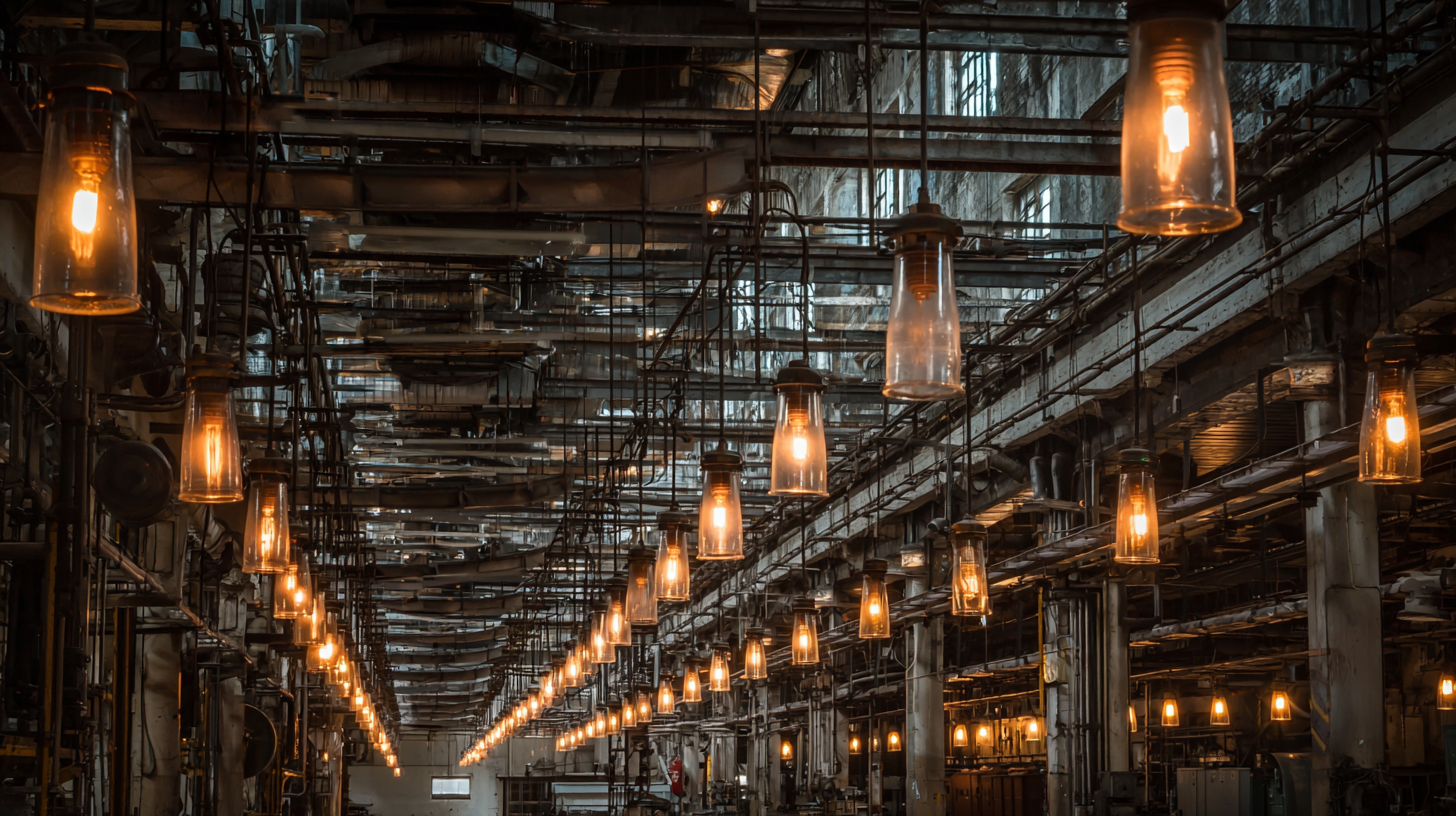 Proper lighting in industrial settings is crucial not only for enhancing operational efficiency but also for significantly improving workplace safety. Studies have shown that well-lit environments can reduce accidents by up to 30%, as employees are more able to see hazards and perform tasks without strain. By integrating advanced lighting solutions such as LED technology, businesses can create brighter spaces that promote alertness and reduce the chances of injuries. These smart lighting systems can be tailored to specific areas where risks are higher, ensuring that employees are safeguarded while maintaining productivity.
Proper lighting in industrial settings is crucial not only for enhancing operational efficiency but also for significantly improving workplace safety. Studies have shown that well-lit environments can reduce accidents by up to 30%, as employees are more able to see hazards and perform tasks without strain. By integrating advanced lighting solutions such as LED technology, businesses can create brighter spaces that promote alertness and reduce the chances of injuries. These smart lighting systems can be tailored to specific areas where risks are higher, ensuring that employees are safeguarded while maintaining productivity.
Furthermore, the evolution of workplace safety technology is paving the way for more robust solutions. As organizations increasingly rely on data to drive their safety protocols, the integration of AI and analytics with lighting systems stands out as a pivotal development. Predictive models can analyze patterns in workplace activity and environmental conditions, leading to proactive adjustments in lighting that address potential safety concerns before they manifest. This data-backed approach not only protects employees but also fosters a culture of safety, where every individual feels valued and secure in their work environment.
As industries continuously evolve, the adoption of LED and smart technologies is transforming industrial lighting. LED lights offer numerous advantages over traditional lighting solutions, including an impressive energy efficiency of up to 80% compared to incandescent lights. According to a report by the U.S. Department of Energy, by 2030, the widespread use of LEDs could save the United States approximately 348 terawatt-hours of electricity, equivalent to yearly emissions from 44 million vehicles.
Moreover, smart lighting solutions are enabling facilities to optimize operations significantly. These systems, equipped with sensors and IoT connectivity, allow for real-time monitoring and automatic adjustment based on ambient conditions. A study by Grand View Research projects that the smart lighting market will reach USD 105.5 billion by 2025, with a compound annual growth rate (CAGR) of 23.2%. Factories leveraging these technologies can enhance safety by ensuring that lighting is adjusted to task requirements, reducing risks associated with poorly lit areas.
Tips: To maximize the benefits of this technological shift, industries should consider regular audits of their lighting systems. Implementing a phased transition plan to LED lighting while incorporating smart technologies will ensure minimal disruption in operations. Additionally, training staff on the benefits and functionalities of smart lighting will promote better usage and maintenance practices.
